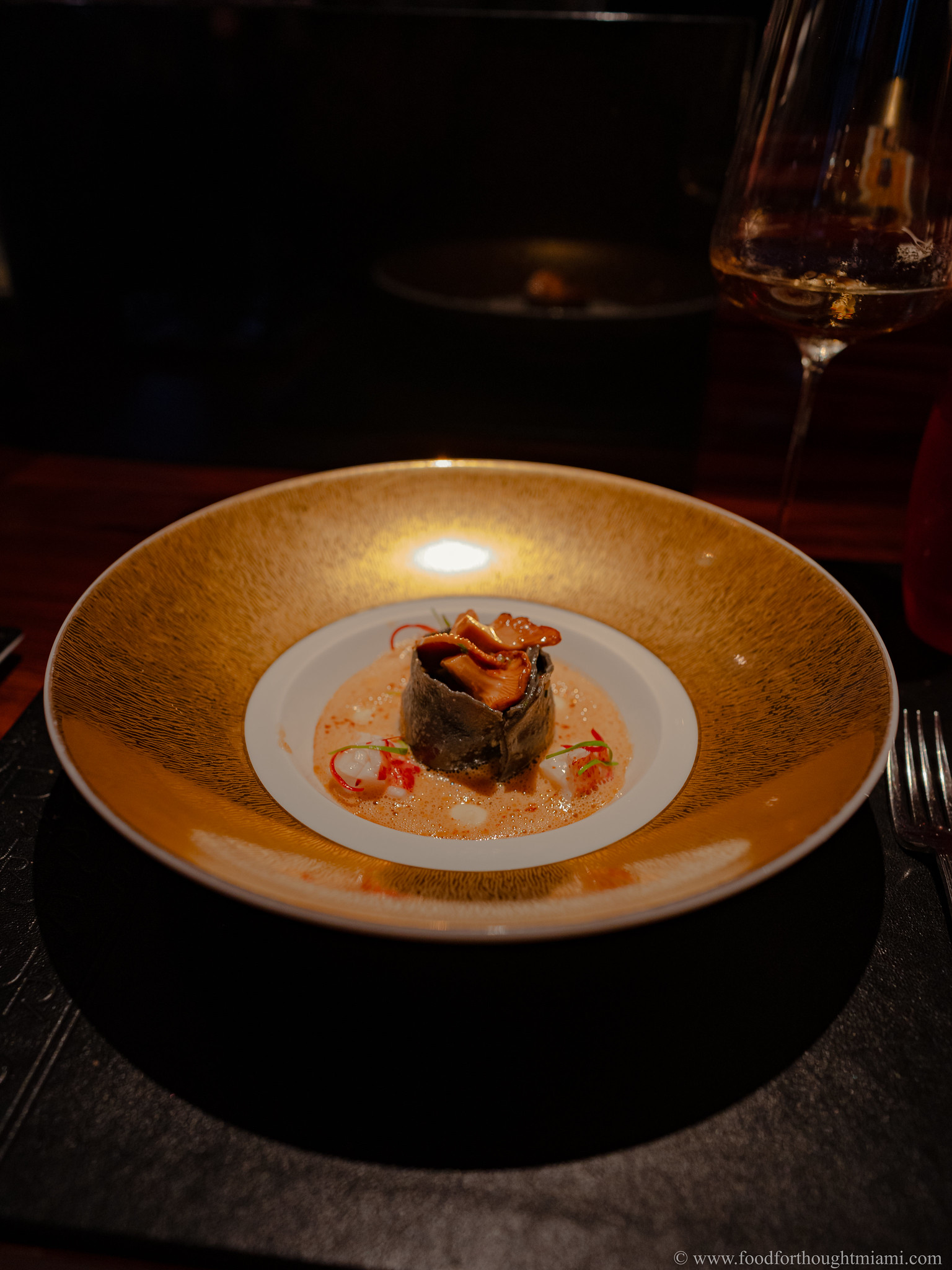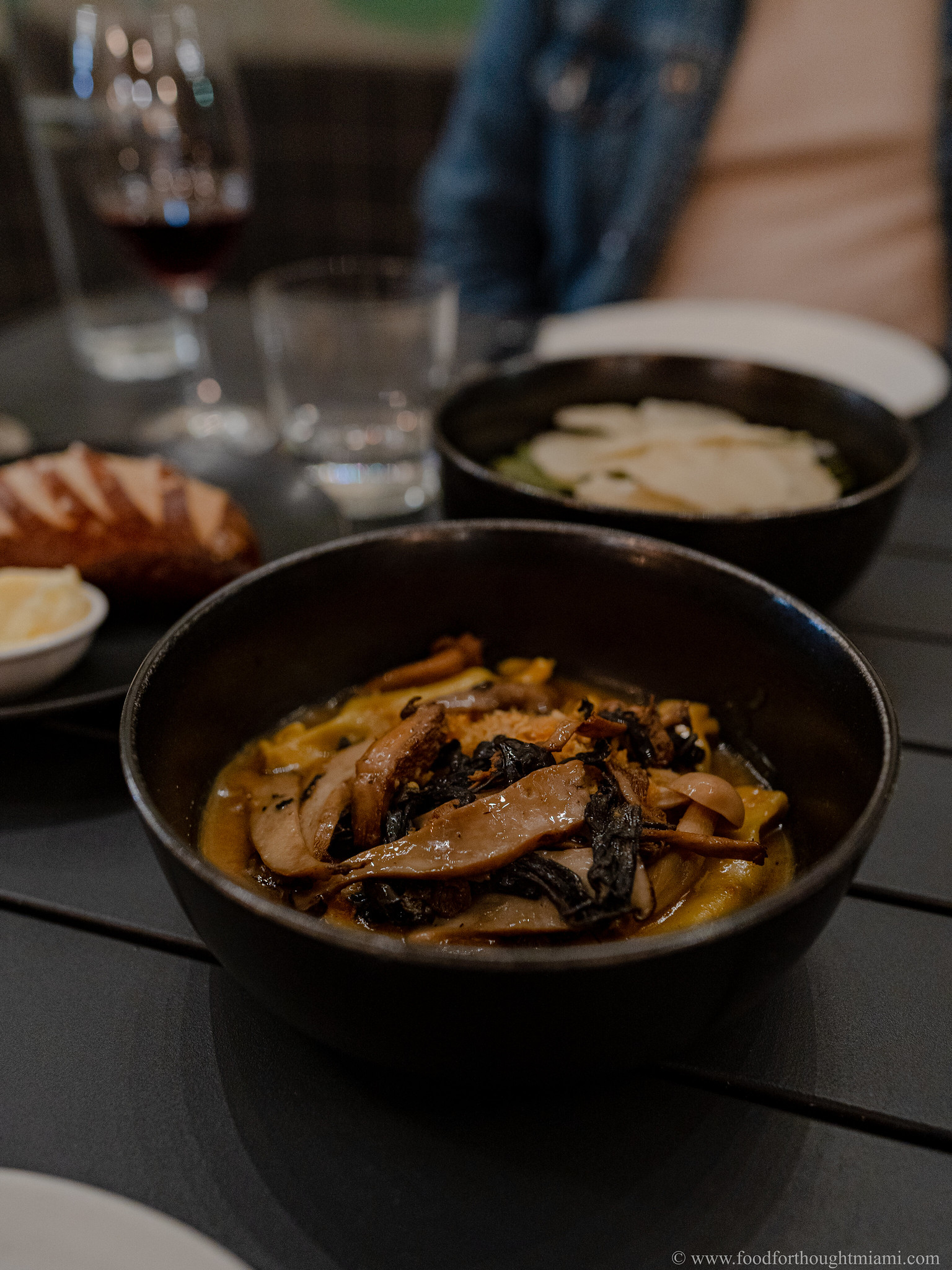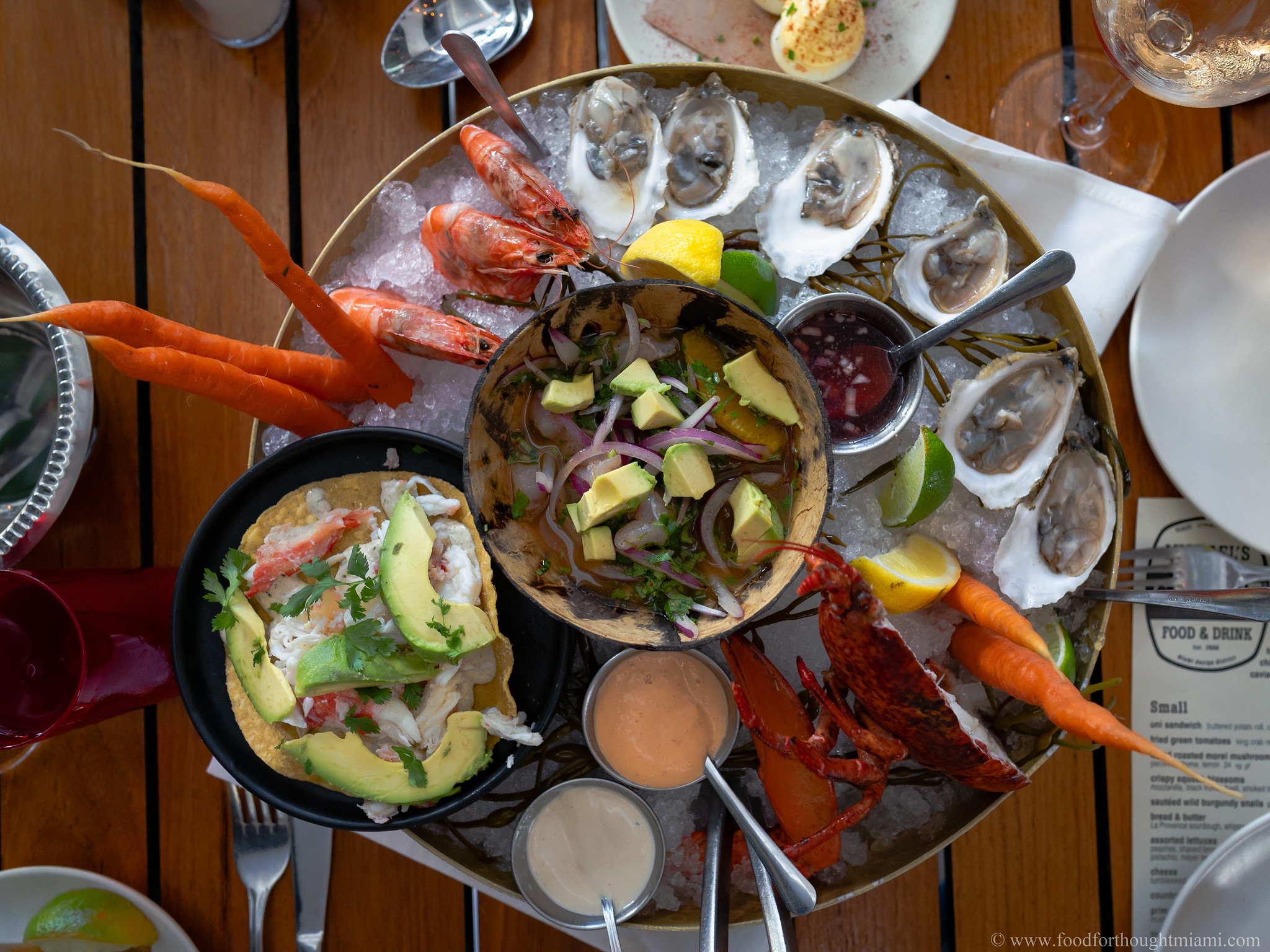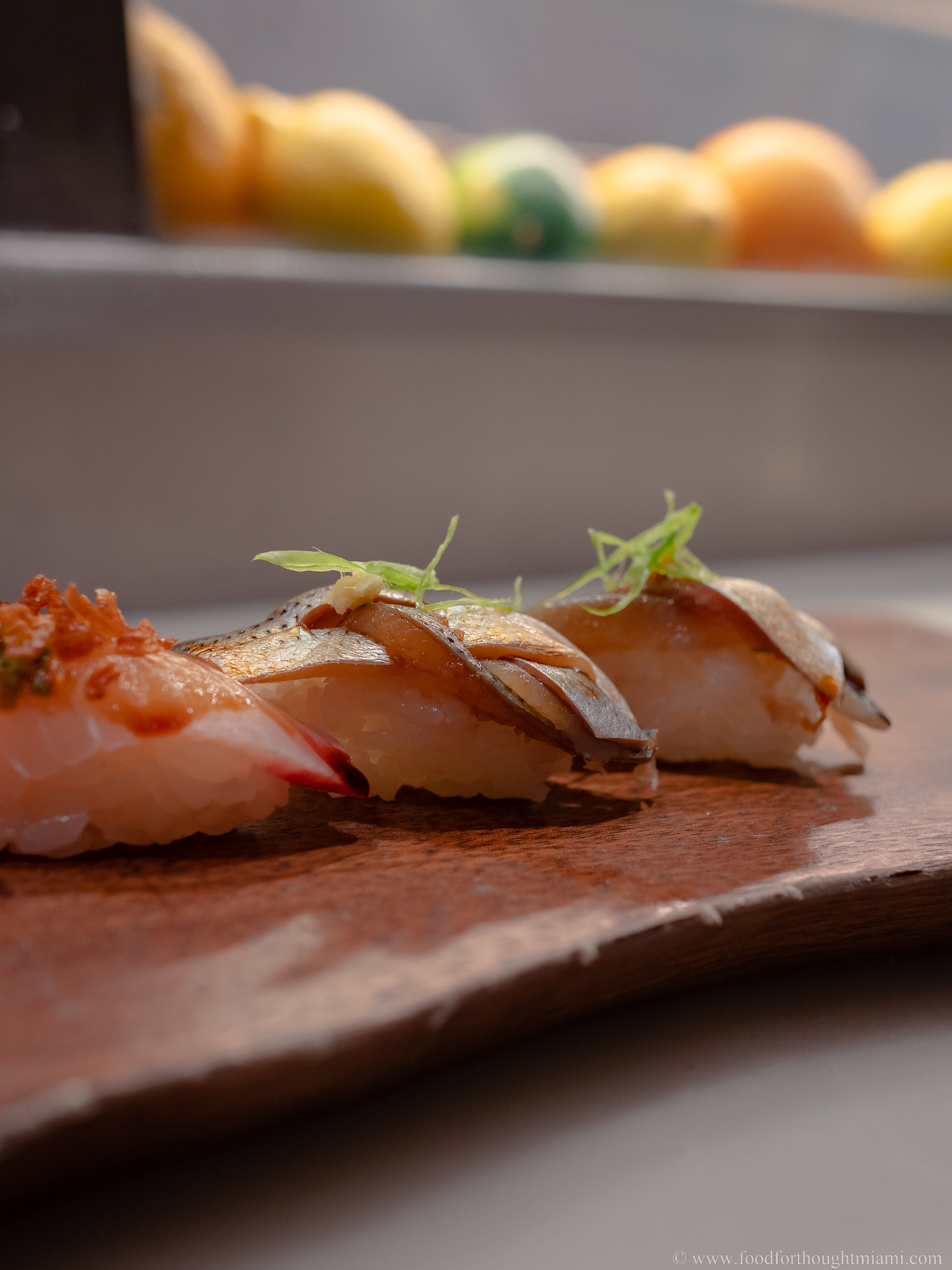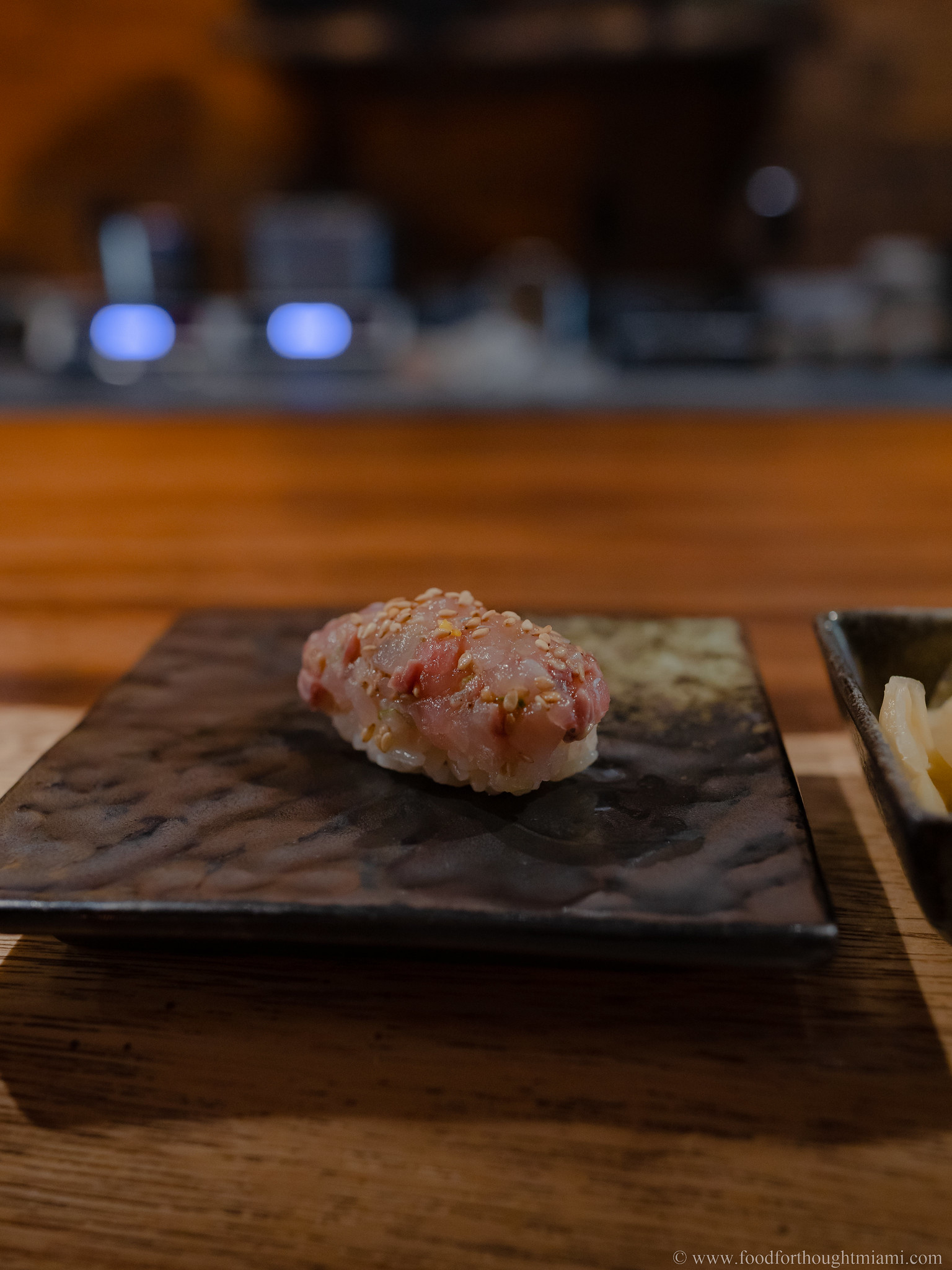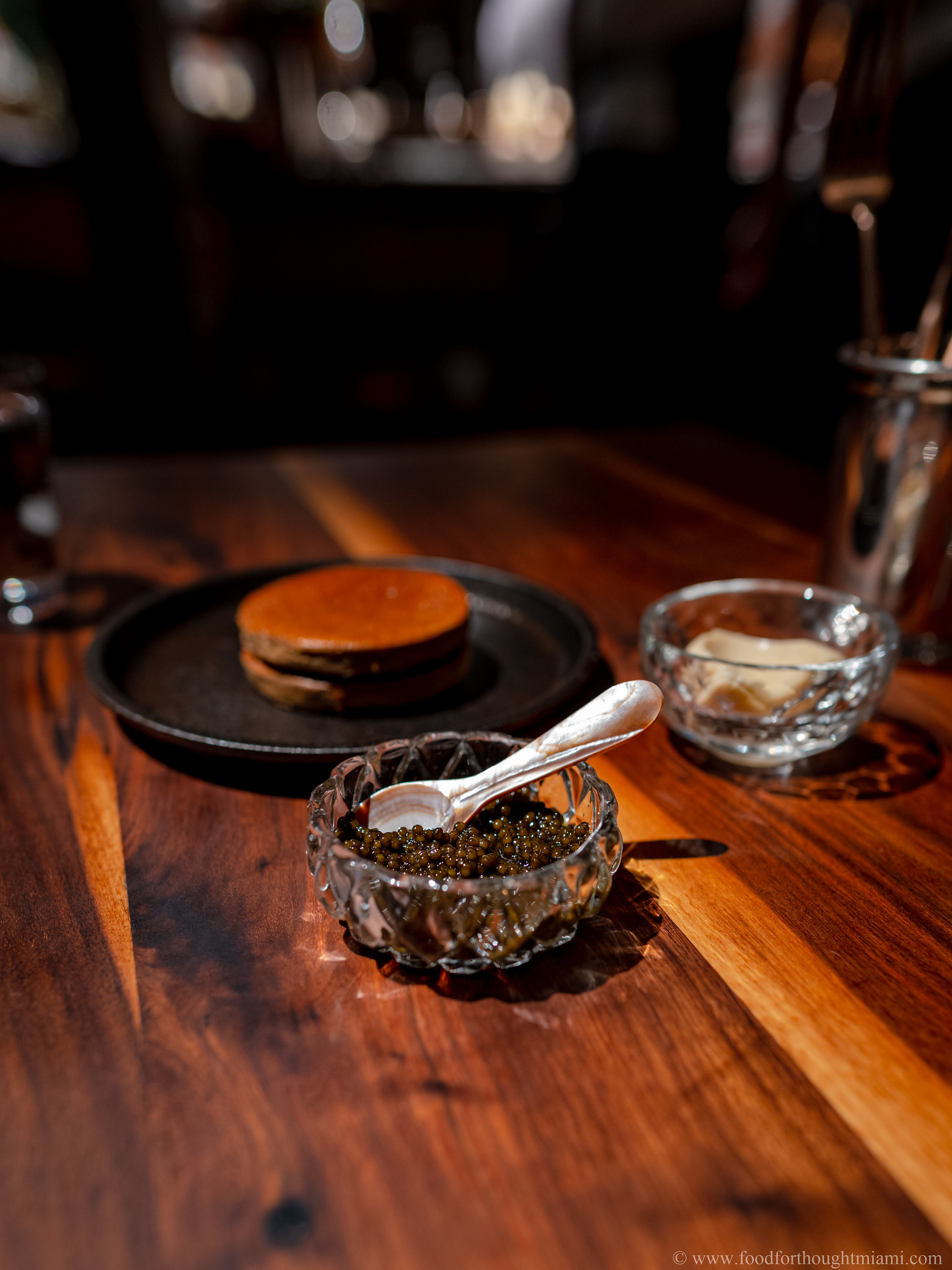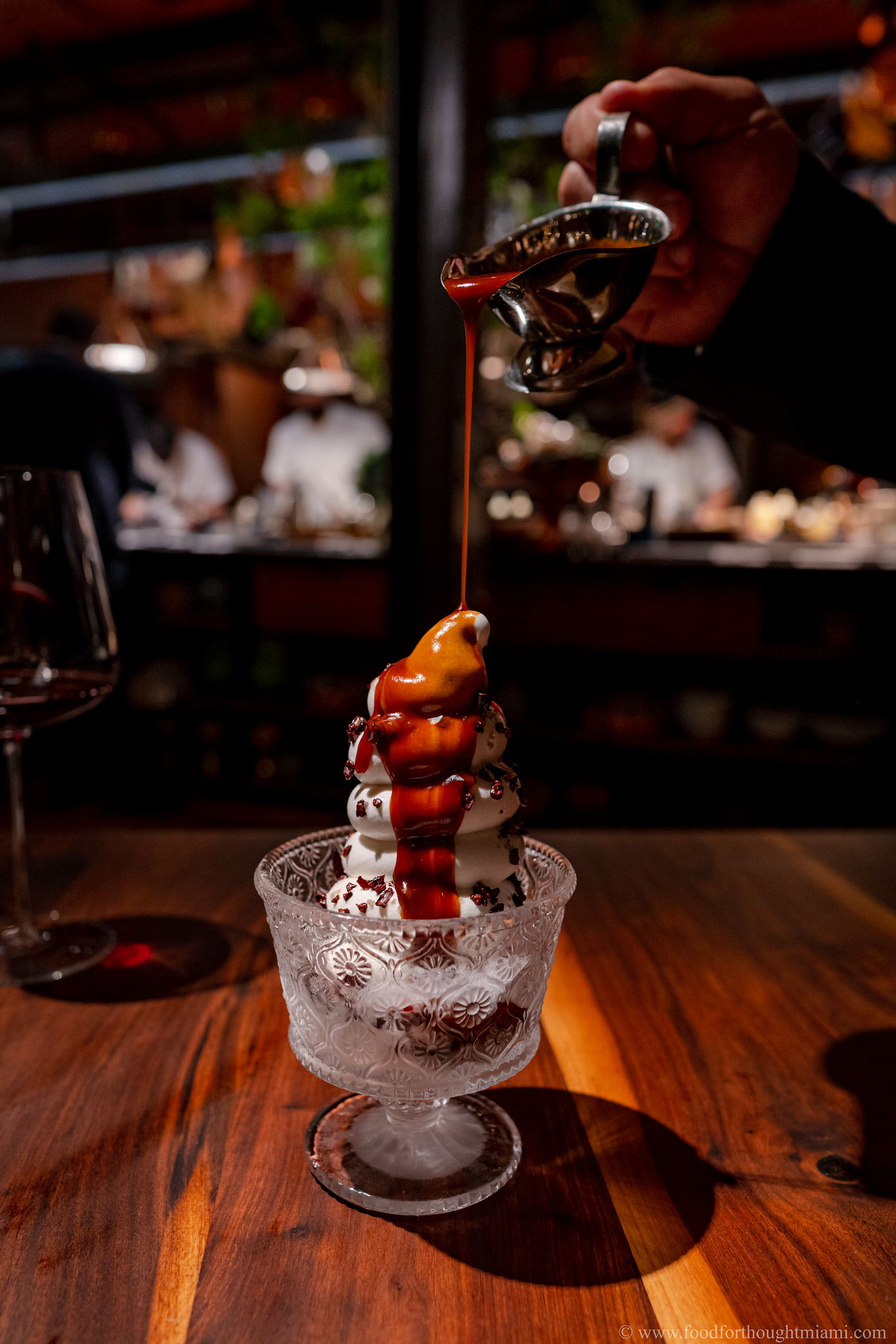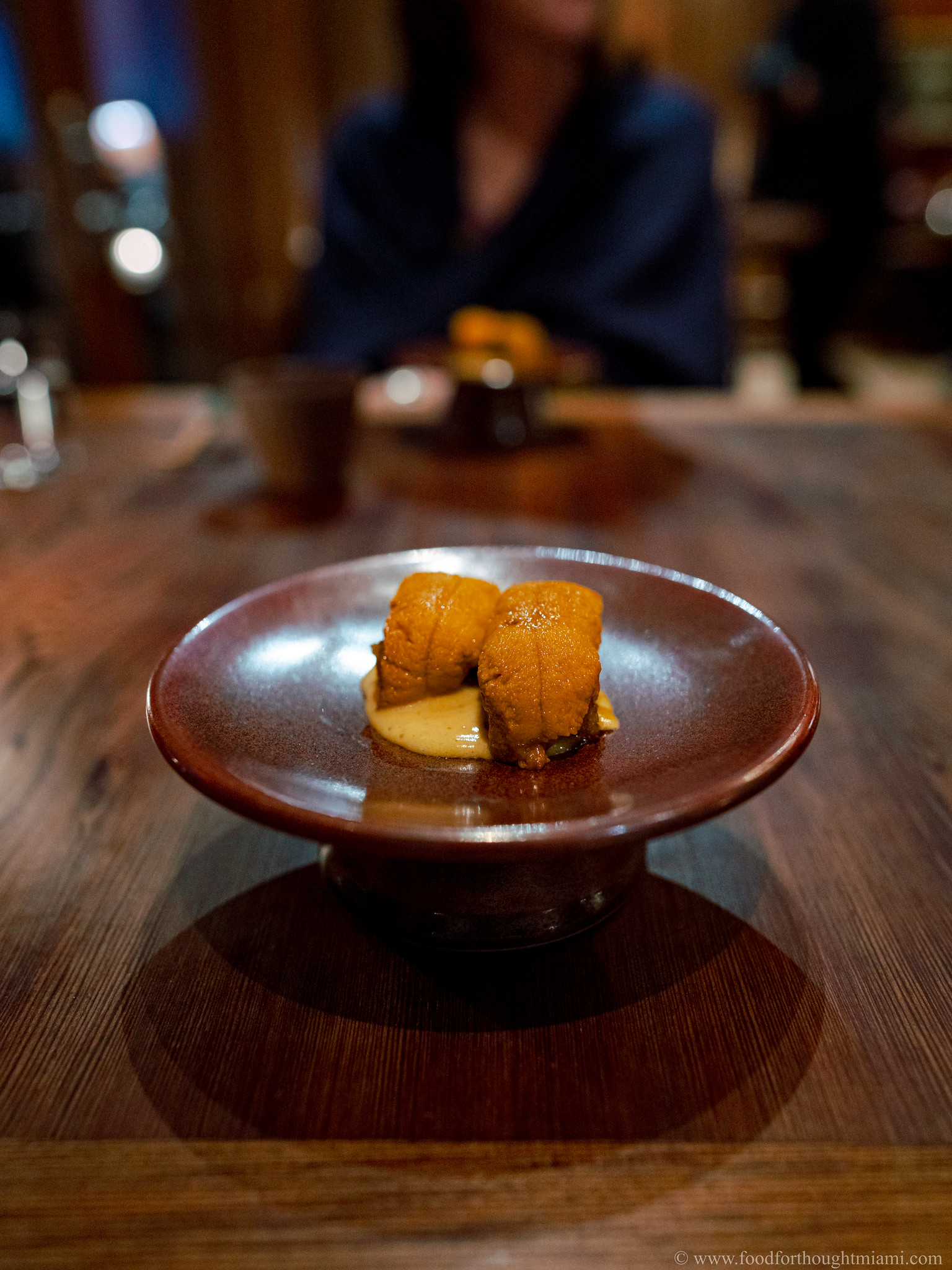Is May too late for a “year in review” post? Last year, I was asking this question in February, so the trendline is becoming clear. I hope you'll excuse my tardiness, as 2024 was an interesting year for the Miami dining world, and as usual, I have some thoughts, even if I'm only getting around to posting them several months into 2025.
Speaking of trendlines, I saw several in the past year. Maybe most notable is the massive influx of outsiders. After Miami had its moment in the sun in 2023 – Bon Appetit naming it “
Food City of the Year,” local restaurants and chefs getting recognized in NY Times’ “
Best Restaurants of 2023,” Esquire’s “
50 Best New Restaurants,” and Food & Wine’s “
Best New Chefs” – the boom was inevitable. While those kudos went mostly to locally-grown products, the wave that followed, as is often the case here, came mostly from without and not within.
Restaurant operators from New York, Chicago, California, Europe, Canada and Latin America have moved into South Florida like a swarm of mosquitos. Only a small handful made this list.
Prominent among the new additions were a lot of big ticket Italian places, most of which, honestly, I’ve blissfully ignored.
[1] Of the ones I have tried, the most notable and interesting was
Torno Subito, chef Massimo Bottura’s brightly-colored, playful spot downtown atop the
Julia & Henry food hall. And yes, I will acknowledge that a Michelin three-starred,
[2] “
World's 50 Best Restaurants” first-place chef opening a restaurant in Miami is officially a Big Deal. But it didn’t make the list.
As usual, the trends I’m more interested in stay closer to home, and one that I found particularly encouraging was the opening of several inspired, independent restaurants with their own distinct styles. It may be odd to call a handful of new spots that are quite different from each other a “trend,” but the places I’m talking about –
Itamae AO,
Palma,
Recoveco[3] in particular, though there are others – while dissimilar in style, share a focus on great ingredients, thoughtful cooking, and maybe most importantly, their own particular culinary expression. I also put the wonderful
EntreNos in this group, even if it doesn’t perfectly fit the timeline as a late 2023 opening.
[4] I was very happy to see EntreNos recognized with a Michelin star last year, along with new stars for deserving omakase venues
Ogawa and
Shingo.
[5]
And speaking of omakase: much as I’m a fan, it is probably a good thing that the barrage of new omakase openings seems to have tailed off some. I have my favorites – yes Ogawa, and yes Shingo, and I am quite overdue for a return visit to
Naoe – but let’s just say I am not convinced of the sincerity of all these spots. One that I did very much enjoy, and which made this list, was the
Inoshin pop-up at the Surf Club. Chef Shinichi Inoue is the real deal.
[6]
2024 was also a good year for reboots, the most impressive of which has been
Sunny’s. The pandemic pop-up always would have had a special place in my heart, as I still recall the feeling of hope and civility it restored in some particularly weird times. But wow, talk about a “glow up.” More to come on that later. Other exciting reboots: the return of Michelle Bernstein’s
Sra. Martinez, now in Coral Gables after a decade-plus hiatus; Niven Patel bringing
Ghee back to us folks for whom Kendall is a different country (not quite in the Design District, but close by in Wynwood); and
Kojin 2.0, also now in the Gables (in the old
Eating House and briefly Lion & the Rambler spot), which I am due to pay a visit.
[7]
Anyway, before another year goes by, on to the list. As always, a disclaimer: this does not purport to be a definitive “best of” list, only a very personal accounting of my favorite things over the past year. It is South Florida focused, but follows me around as well when we travel. And there are typically way too many footnotes.
At
EntreNos, chefs Evan Burgess and Osmel Gonzalez do some fantastically creative things – turning unripe green mangos into olives, using fish like blue runner, more often treated as baitfish here, in delicious crudos. They also do some very simple things very well. This big-boy ribeye, from HM Cattle Company in Central Florida, is one of the best locally raised steaks I’ve ever had – seasoned and cooked perfectly, and accompanied in minimalist fashion by some pickled vegetables, crispy yucca, and fresh leaves dressed in a sharp vinaigrette. It’s unusual to see young chefs exercise this kind of restraint. Like the motto of one of my favorite restaurants,
Rustic Canyon in Santa Monica, says, “Simple Ain’t Easy.”
It is something of an anniversary tradition for Mrs. F and I to celebrate at an
Atelier de Joel Robuchon, going back more than a decade to a visit to L’Atelier Tokyo for #20. The Design District spot is Miami’s only Michelin two-starred restaurant, and curiously, the only U.S. restaurant in the Robuchon empire with more than one star. While I’m not sure I can explain that quirk, I can say that L’Atelier reliably delivers what it sets out to do: French cuisine that is contemporized but far from revolutionary, prepared with precision. This Wellington variation is a great example: bison – lean but flavorful, and with a perfect cook – in place of the usual beef, layers of Swiss chard and mushroom duxelles, a crisp laminated pastry shell, a classic red wine jus.
A slightly belated anniversary trip took us to Italy, starting in Rome, which is one of my favorite eating towns in the world. Our first-night meal was at
Al Moro, an old guard spot just steps from Trevi Fountain. We were somewhat brusquely shuffled into a room that was clearly earmarked for tourists, where everyone was squeezed into one long banquette, and yet I found the place completely delightful. Especially the house signature “Spaghetti alla Moro,” essentially a carbonara with the addition of some hot chili flakes. Nothing fancy, just a great dish, perfectly done.
I was led to believe that while the views in Cinque Terre are fantastic, the food was not so much. Still and yet, there were some local specialties I quite enjoyed –
anchovies in all sorts of variations, lovely
stuffed mussels in a spicy tomato sauce. But the most interesting, and unexpectedly delicious thing we ate was this dish of sgabei – a frybread with origins in Lunigiana, a region bordering Liguria and Tuscany – accompanied by dried tuna bresaola and a quenelle of prescinseua, a soft, fresh Ligurian cheese.
In Florence, we paid a visit to
Ora d’Aria, a restaurant run by chef Marco Stabile, who for a time was also associated with Miami’s Toscana Divino. It is a posh place – gold-rimmed white china and pressed linens – but the food actually pays tribute to a much humbler style of cooking. When you start a meal with a
teacup of cavolo nero brodo – pot-likker, basically – you have won my heart. Nothing is deconstructed or reinvented or a “play” on anything here, it’s just cooked really well. Kale also played a feature role in my favorite dish there, a stew of tender baby calamari in zimino stewed in a dense, hearty green broth.
We headed into the Tuscan countryside for a couple days to
Il Borro, an absolutely magical estate near Arezzo which incorporates an old medieval village. They make excellent wines, they run a farm, they have cooking classes, all in a
jaw-droppingly beautiful setting. During the day we learned to make pici, the rustic hand-rolled Tuscan pasta. At night we ate the professionals’ version of the dish, dressed with garlic, herbs, pepperoncini and anchovies. Much better than mine.
 |
| nigiri omakase - Wabi Sabi (Miami Upper Eastside) |
Sometimes you want a great sushi dinner, but you don’t want to spend $200-$300 a head. Crazy, right? When that craving hits me, which is often, you will find me at
Wabi Sabi, where the omakase platter offers a dozen pieces of nigiri plus a maki roll for $100. This is not a “cheap” meal by any means. But this is also a chance to dine on high quality fish, flown in from Japan, the selection changing with the market and the seasons, prepared with care and attention. It is exponentially better than many of the places selling commodity-grade sushi for the same prices, while still a fraction of the cost of Miami’s top sushi-yas. I feel incredibly fortunate to have this so close to home. Gochisosama!















